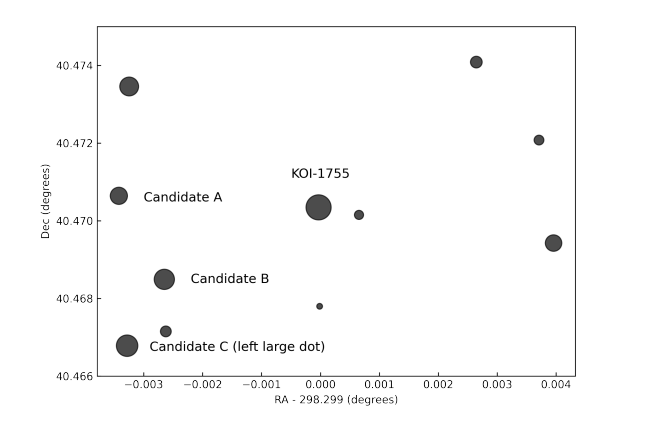Sep 05, 2025
Decoding the Spectrum of a Cosmic “Lighthouse”: Researchers Unravel the Polarization Mystery of a Millisecond Pulsar
The researchers captured the complete polarization pattern of this millisecond pulsar's main pulse and interpulse as they vary with frequency.In the direction of the constellation Vulpecula within our Milky Way galaxy, a cosmic “lighthouse” named PSR B1937+21 spins at an astonishing rate of 642 revolutions per second, emitting electromagnetic pulses rivalling the precision o...







